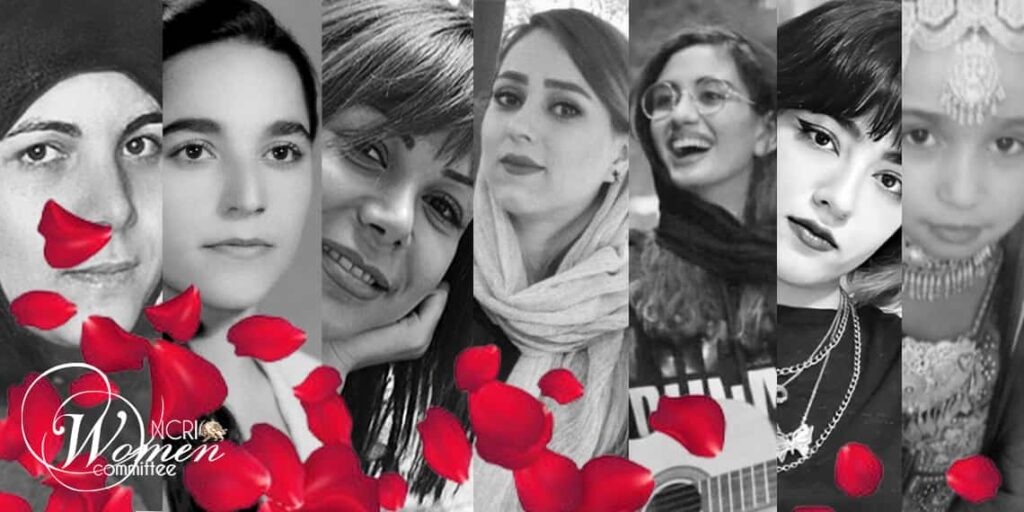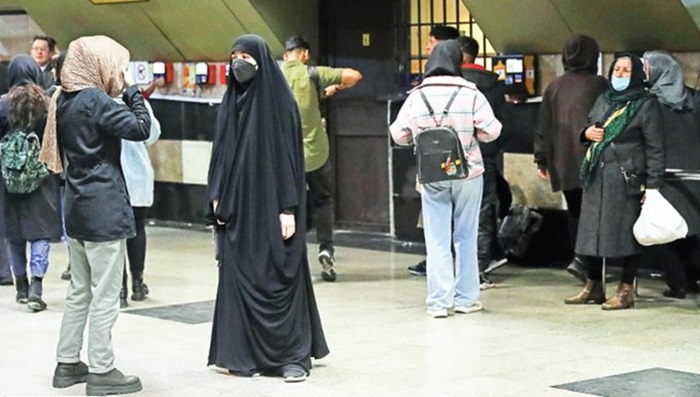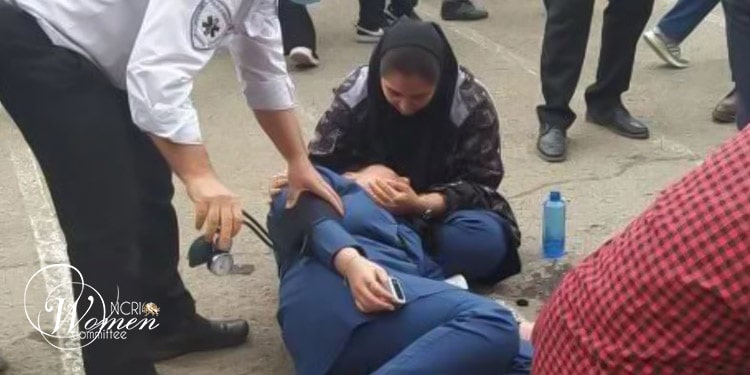
As the world prepares to observe the International Day to Eliminate Violence against Women and Girls and participate in the 16 Days of Activism Campaign, a spotlight is cast on the harrowing situation in Iran.
The National Council of Resistance of Iran (NCRI) Women’s Committee has shed light on the grave issues facing Iranian women, who find themselves at the heart of an oppressive regime’s brutal policies. Since the Islamic Revolution, women in Iran have faced unprecedented levels of state-sponsored violence. The NCRI Women’s Committee reports that, “Emerging from a revolution that sought democratic freedoms, the clerical regime responded by immediately clamping down on women, making them the cornerstone of its oppressive policies.”
Iranian women, according to the Committee, aren’t just facing societal violence; their plight is deeply embedded in the state’s functioning. “Violence against women and girls in Iran isn’t merely a societal issue; it is institutionalized and state-sanctioned,” the Committee asserts. Officers tasked with enforcing the Hijab have been known to commit acts of violence against women and girls with impunity.
The NCRI Women’s Committee’s investigation reveals a history of horrific abuses against women, particularly those who dare to challenge the regime. From the 1980s, young women and girls demanding democratic rights faced brutal repression. “State officers enforcing compulsory Hijab have been authorized to perpetrate violence against women and girls in Iran,” the report states. The regime’s cruelty was unbounded, with instances of young girls and pregnant women facing execution and torture. The 1980s were marked by extreme forms of torture, and during the infamous 1988 massacre, countless women were executed for political dissent.

This repression manifested through the enforcement of the compulsory Hijab, symbolizing a broader gender apartheid institutionalized within the nation’s legal framework.
Yet, amidst this darkness, a generation of resilient Iranian women and girls emerged. “Despite facing the regime’s relentless crackdowns and enduring the worst forms of torture, the Resistance Units in Iran have bravely led anti-regime protests,” the Committee highlights. The nationwide uprising from September 2022 to March 2023 underscored the regime’s brutality, with young women facing abhorrent violence, including abductions, rape, and torture.
This pattern of state-sanctioned violence against women and girls in Iran is unprecedented in modern history.As the International Day to Eliminate Violence against Women and Girls approaches, the NCRI Women’s Committee honors the unwavering courage of Iranian women and girls.

The report also sheds light on the regime’s recent tactics, including chemical attacks against schoolgirls, aimed at stifling opposition.
“Their resilience stands as a testament, fueling the hope for a future where violence and discrimination against women and girls will cease to exist,” the Committee concludes. The list of Iranian women and girls who sacrificed their lives in the 2022-2023 protests marks the beginning of the 2023 16 Days of Activism against Violence Against Women and Girls campaign.

MEK Iran (follow us on Twitter and Facebook), Maryam Rajavi’s on her site, Twitter & Facebook, NCRI (Twitter & Facebook), and People’s Mojahedin Organization of Iran – MEK IRAN – YouTu
